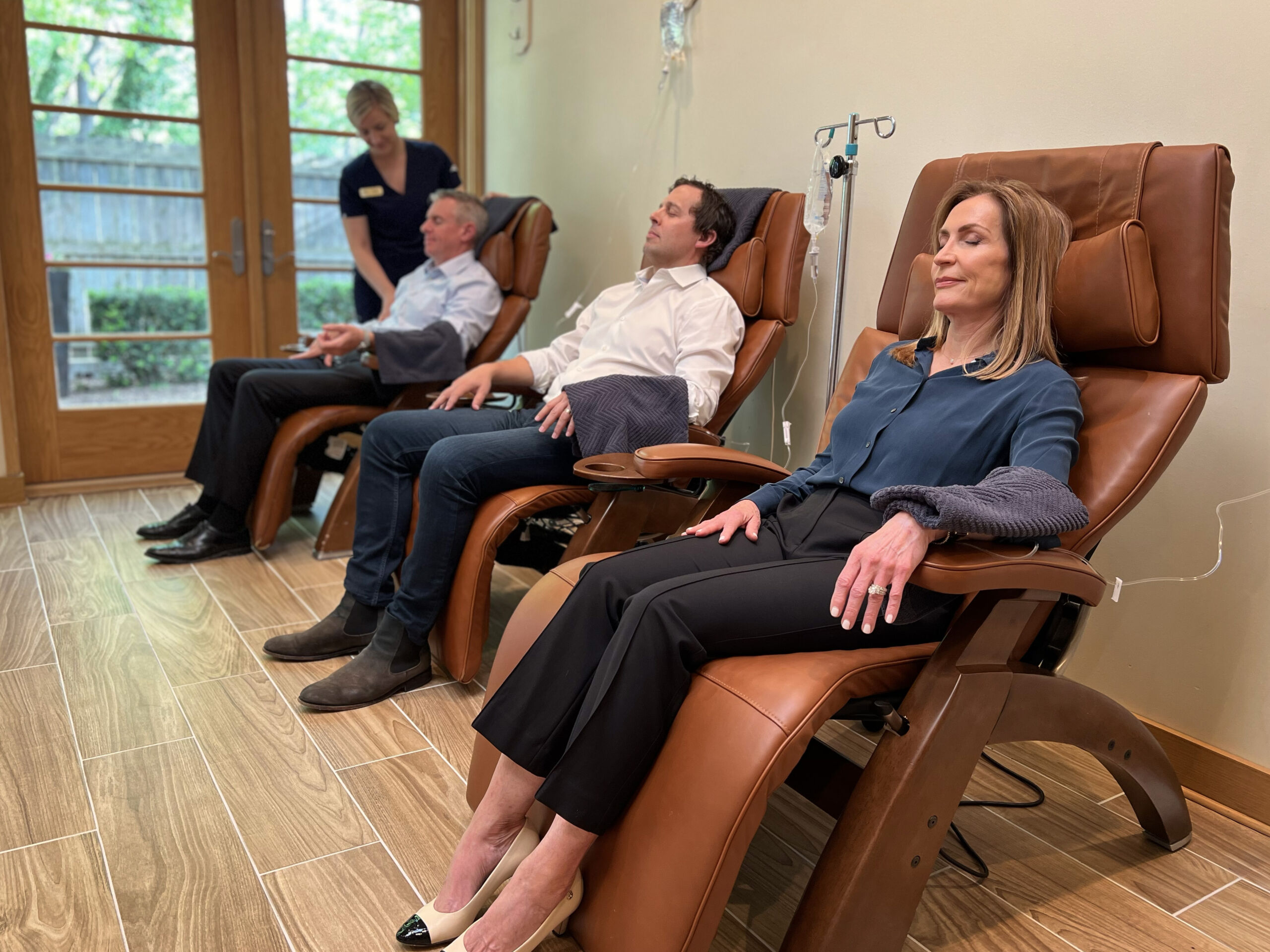Bad posture is no stranger to most of us. How often do you catch yourself and realize you’ve been hunching over when sitting at your computer, or craning your neck down to look at your phone? Perhaps you stand slouched to the side with all of your weight on one hip? Posture doesn’t just have to do with your back and shoulders — it is the shape in which you hold your body as you go through your normal daily activities, and bad posture can often refer pain to other joints and parts of your body besides your back.
Posture is all about habit. Healthy posture comes from maintaining adaptive physical habits; likewise, unhealthy posture is a result of years of maladaptive physical habits. Unfortunately, we are conditioned from a young age to sit with an unhealthy posture. Remember all of those years in school, sitting at a desk and leaning over to take notes, study, or write papers?
When you are slumped down, your lumbar spine has to exert a lot of force to keep you in that position. Similarly, for every degree that your neck moves forward, as it does when looking down at your phone, it also exponentially increases the forces needed to hold you up. Your body has to work extra hard to sustain these positions, which is not only reinforcing bad habits, but is also inefficient. The ideal posture, in contrast, should take the least amount of energy for your body to maintain.
It’s no secret either that bad posture is often the root of pain, whether that be back pain, hip pain, or neck pain, especially as you age. The good news is that there is a therapeutic practice called SomaTraining that is specifically designed to target postural correction in order to ease pain and prevent injury and future complications.
What is SomaTraining?
SomaTraining is a method of exercise and manual therapy developed as a supplemental treatment to other therapeutic services. It specifically targets connective tissue — rather than muscles, joints, or bones — by involving a combination of trainer-assisted stretches and actions. Through these exercises, a SomaTrainer can analyze the balance of tension in the body and re-normalize the function of your body’s tissues.
You may have thought that your muscles, joints, and bones are responsible for keeping your body upright and in position. In reality, connective tissue is the key component in your posture; it forms your shape and holds you up. Thus, if you’ve struggled with unhealthy postural habits throughout your life, your connective tissue may essentially be stuck and solidified in an unideal position for your body. This is where SomaTraining can be useful.
SomaTraining for Pain Relief
According to PALM’s leading SomaTrainer, Liam Springer, as the trainer applies tension to your body through these specialized movements, the connective tissue actually experiences an alteration of its chemical state that allows it to become more fluid and change its shape. “Over time, it relaxes enough to be able to readjust to new shapes,” Liam says, “and you are essentially reteaching your body slowly how to hold itself in the proper position to avoid pain.”
What is unique about SomaTraining is that the trainer doesn’t necessarily have to work directly on the affected area to make a difference in pain level. Because the basis of this therapy is the interconnection of the entire musculoskeletal system, SomaTrainers understand how to manipulate other parts of the body to encourage healing at the site of the pain through the connective tissue network. “For example, if you had pain in your hips from bad posture, a SomaTrainer could work on your ankles in a way that would stimulate fluid circulation back to your hips and relieve the discomfort there,” says Liam.
Detoxification through SomaTraining
Not only does SomaTraining help reform your posture, but it also reduces inflammation by improving circulation of blood, lymph, and other fluids in your body. The movement of fluids is key: when fluid becomes stagnant in the connective tissue system, it accumulates toxins. Stimulating its circulation encourages turnover, which helps rid your body of those toxins and brings in resources to tissues that are crucial for healing and pain relief.
So how do the toxins build up in our fluids in the first place? The number one culprit, as Liam states, is sitting still — especially with bad posture. Remember that stagnant fluid leads to toxin buildup. If you spend a lot of time hunched over a computer or iPad, or sitting at a desk or in the car for long periods, there’s a good chance that you have some toxin accumulation and static fluid in your connective tissue that can contribute to bad posture and lead to pain down the road.
SomaTraining Versus Other Treatments
While physicians, chiropractors, and physical therapists are responsible for a more authoritative role in a patient’s recovery, SomaTraining can be used as more of a supplemental therapy. Most often, it is used adjunctly to physical therapy. Many patients finish physical therapy after having a surgery or an injury but aren’t necessarily ready to resume all normal activity. This is where SomaTraining comes in as a bridge between rehabilitation and recovery.
Whether you’re a young athlete, a working parent, a retiree, or anyone in between, you’ve probably felt the effects of bad posture at some point. It is easier to develop healthy posture habits at a younger age, but not impossible to fix unhealthy ones at older ages. SomaTraining has a place for everyone; it is both prevention and rehabilitation. By targeting postural correction, SomaTraining ultimately trains the body to respond appropriately to any physical stressors you may encounter.
PALM Health is a healthcare company focused on whole-person wellness for people seeking to extend active, healthy years. Our experts in medicine and wellness empower people to transform their health, become more resilient, and feel their personal best in mind and body. Connect with a Navigator to explore your options at 314-801-8898 option 2.








